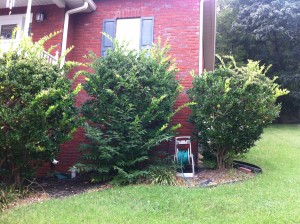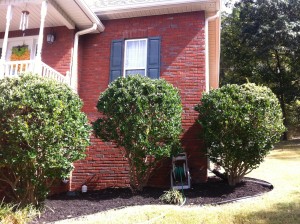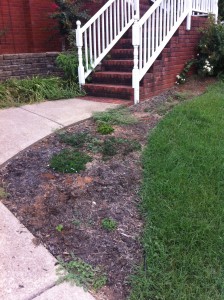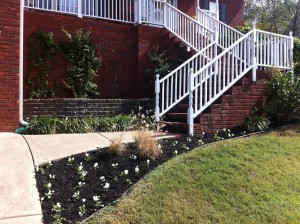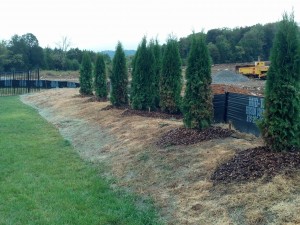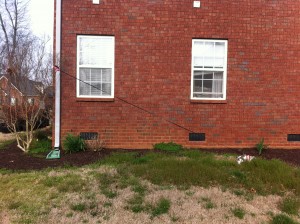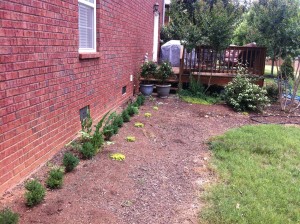Curb appeal isn’t complicated, it’s all about looking good. You want your neighbors to envy your landscape, each and every time they drive by. Here’s three ways to quickly increase your neighbor’s jealousy.
Prune your plants, but don’t hack them to death. Train them into circles or squares, especially evergreen shrubs. . This softens the look and feels pleasing to the eye.
Next, add seasonal color (annuals) in front of your existing trees and shrubs. Choose begonias for the warm season and pansies/violas for the cool season. Curb appeal increases with uniformity. Add the same color or similar colors in more than one bed.
Finally, after cleaning up your hedges and installing seasonal color, add two inches of mulch. Choose pine tree nuggets, pine straw, or black/brown hardwood mulch.
You’re going to be so proud of yourself after a month. The annuals will grow quickly and fill the empty space. Curb appeal complete!
